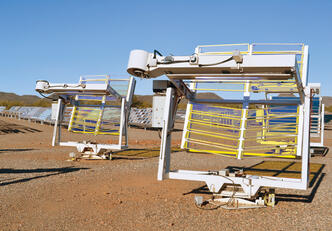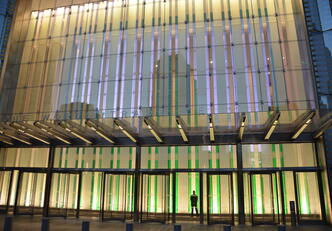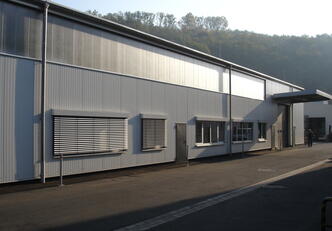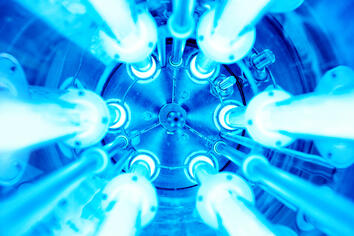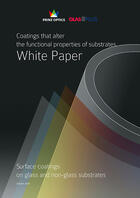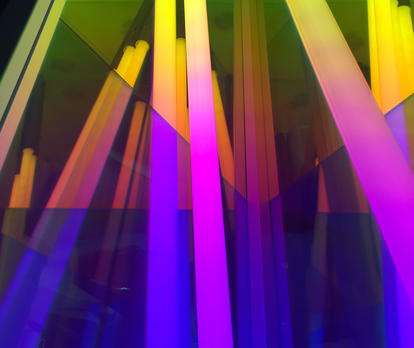Photocatalytically active coatings
The photocatalytic coating of glass and metal surfaces, under the influence of UV light, purifies the air and eradicates germs and odours, e.g. on textiles.
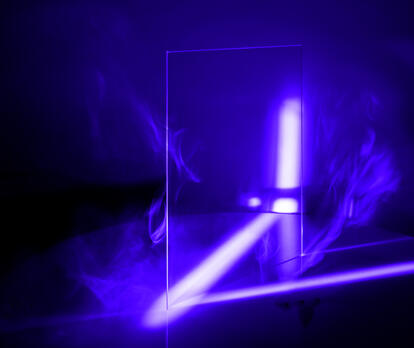
The photocatalytic coating uses light to break down harmful substances such as smoke or unpleasant odours at the molecular level.
Material types and sizes
We offer photocatalytic surface coatings on glass and various metals.
We coat sizes up to approx. one metre using our dip coating process. We can also use a spraying method to coat surfaces of very large dimensions.
All technical data can be found here:
Glass - standard thicknesses
| Float glass | 2 mm | 3 mm | 4 mm | 5 mm | 6 mm |
| Borofloat glass | 1.1 mm | 2 mm | 3.3 mm | 5.5 mm | 6.5 mm |
| Clear glass | 2 mm | 3 mm | 4 mm | 5 mm | 6 mm |
Metal thicknesses
according to specification / customer request
Standard sizes
| minimum | in mm range depending on material |
| maximum (Dip coating) | gross 1,150 x 850 mm / net 1,080 x 800 mm |
| Spray-on coating | from 1 m according to customer specification |
